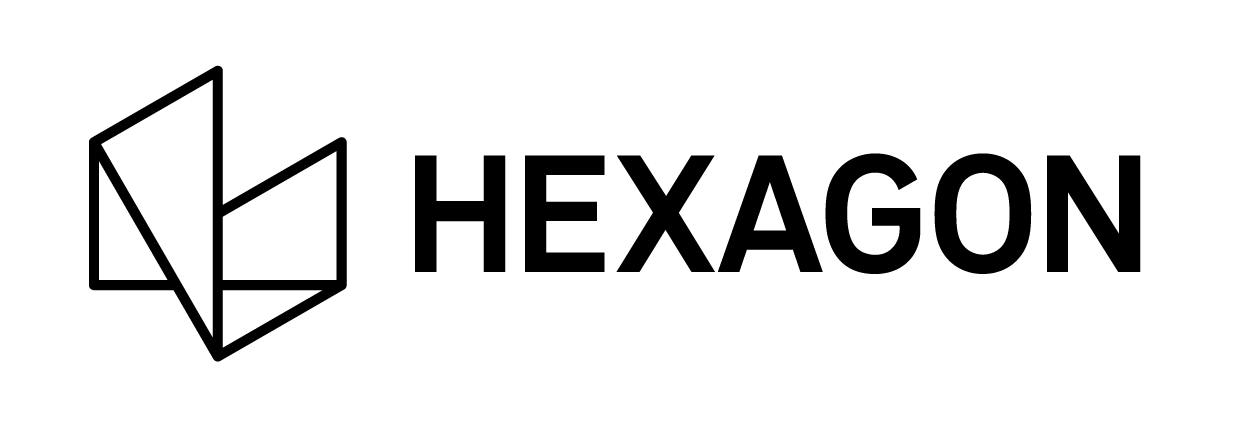Considerations when choosing the right styli and probes for your CMM
The optimum styli
Regular replacement of styli used on your coordinate measuring machine (CMM) is essential. While these products are very rugged, they should be replaced after long periods of use, or after being dropped, crushed or mishandled. When in doubt, always replace.
To ensure the best possible measuring results, Hexagon offers only the highest quality stylus products on this site with the highest standards of design and quality control.
To maintain accuracy in your CMM measurements, follow these guidelines:
- Choose the shortest styli possible
The more a stylus bends or deflects, the greater the error, and thus lower accuracy. Choosing the shortest practical stylus length for your probing application minimises the risk of this happening.
- Minimise joints where possible
Every time you “build” a styli using joints and extensions, you introduce potential bending and deflection points. Use the minimum number of pieces wherever practical.
- Observe the permissible total weight for the sensor
When putting together the stylus configuration, it is vital to observe the permissible total weight for the sensor. This can vary considerably between different sensors.
The optimum probe
The CMM and its probe form a measurement system which is tight and balanced, and its accuracy and repeatability are certified by the manufacturer and presented for your records in the form of a calibration certificate. That certificate is your baseline for the expected results based on the product specifications. This simple set of numbers gives you an expected range your measurements should fall into when measuring an artifact of known size, like e.g. a qualification sphere or ring gauge.
Like CMMs, probes come in several types. The basic distinction is between contact probes, which measure workpieces by actually touching them, and non-contact probes, which employ lasers or machine vision. The former are ideal for high-accuracy application requirements, while the latter offer high speed data capture. Contact probes include touch trigger probes and analogue scanning probes, while non-contact probes include laser scanning sensors and optical sensors. There are also multi-sensor probes that combine touch and optical scanning.
But how do you choose the optimal contact or non-contact probe? Knowing how different probes work and where they excel helps you consider the trade-offs and make an informed choice. However, the choice depends on many aspects. Usually, the key concerns are accuracy and the time required to complete measurement. A quick rule of thumb is to measure as precisely as necessary in terms of the application, rather than opting for as precise as possible in terms of technology capabilities. This results in the optimal measurement capability, potentially resulting in improved form, fit, and function of parts for your customers and a wider range of parts your company can fabricate. By choosing the right probe for your application you are on the way to success.
Are you looking for a new stylus or probe for your CMM? Check out our highest quality accessories for CMMs. Start shopping here.
